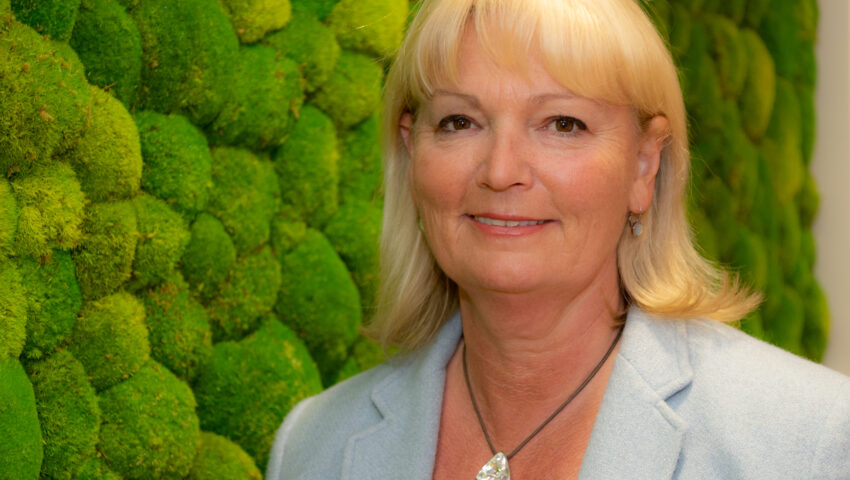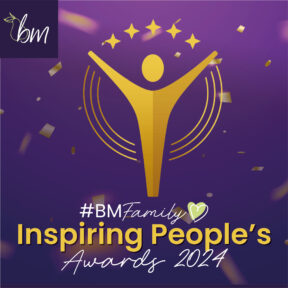Blogs
bartlett mitchell’s newly qualified barista, Wendy Bartlett

I’m not sure how I quite ended up doing it, but I certainly enjoyed it and it was definitely an invaluable experience.
So there I was last week spending 2 ½ days learning how to be a barista and course complete, I am now a fully trained and qualified to be an expert! This is great news since I am in that business, but not so great in that I am now even more particular and will scrutinise my coffee and the making of it even more! ( I was pretty fussy anyway)
I learnt a couple of key points; first of all is that it is a real science; in fact when we talk about third generation coffee, I hadn’t even realised there is now a 4th generation coffee out there. This is where the application of science is the key to perfection and it’s all about weight, grind time, water temperatures and ratios.
The other main thing I learnt is that you have to be a serious addict to be able to drink more than a few coffees a day. I really thought at the end of the first day that I had something seriously wrong with me, with all that caffeine cascading through me. It really does affect you in a big way if you are not used to it. I have massive respect for Lara and Grazi our tutors who are real hard core coffee drinkers.
The first few days were spent learning about the growing, production, and the beans roasting which have a major impact on the flavour and style. It’s nice to know that, like a good wine, I can now know what I really like and why. It’s definitely Arabica, Brazilian or Ethiopian for me; it’s a smooth taste I am looking for, not the kick of a robusta.
Machine cleaning, assembly and the correct way to use them is like learning to assemble and dismantle a military gun, it’s all very precise ( I kept forgetting to flush before pressing for coffee so I think drilling is doubly important) and its astounding how not ‘tampering’ your grinds correctly can have a real impact on quality.
So what will I be looking for when I want to see if the baristas of this world really know what they are doing:
· Coffee beans not overfull in hoppers and certainly not left out overnight. Only what you need for the next hours; it’s all about keeping the flavour intense, so you need fresh beans.
· The coffee grinds should be more like dust than sand and when it comes out of being ground and they should fall directly, rather than blow vertical.
· How full is the filter? – it should be flat, with good tampering – a double should flow out equally, with a nice tiger stripe.· The cup should be warm and the button pressed for coffee before the cup is in place.
· Its about 25 sec for perfect timing of a brew but you need to really take the time to get it right.
· Milk is foamed at 60- 70 degrees, over this and it will be burnt (smells like egg).
· The milk should chirp to steam to double in size. Then when the spout is vertical, you have a whirlpool and when your hand can’t stay on jug; that’s you move it and its good to go.
· Banging of jug is about removing the air bubbles and then the swirling makes the milk silky – that’s the final touch. Foam for cappuccino and a heavier, silky milk for a latte.
· It’s very hard to make the pattern, and needs a lot of practice!. It’s all about the wrist and your confidence.
So there you are I’m an expert – the worst kind!
With many thanks to Peros/Bewley for their excellent training, time and patience – Graziano Moroni and Lara Hunter-Rodwell were phenomenal and as impressively passionate as anyone I have ever met regarding the subject.
Until next time…
Wendy Bartlett
Owner Director




